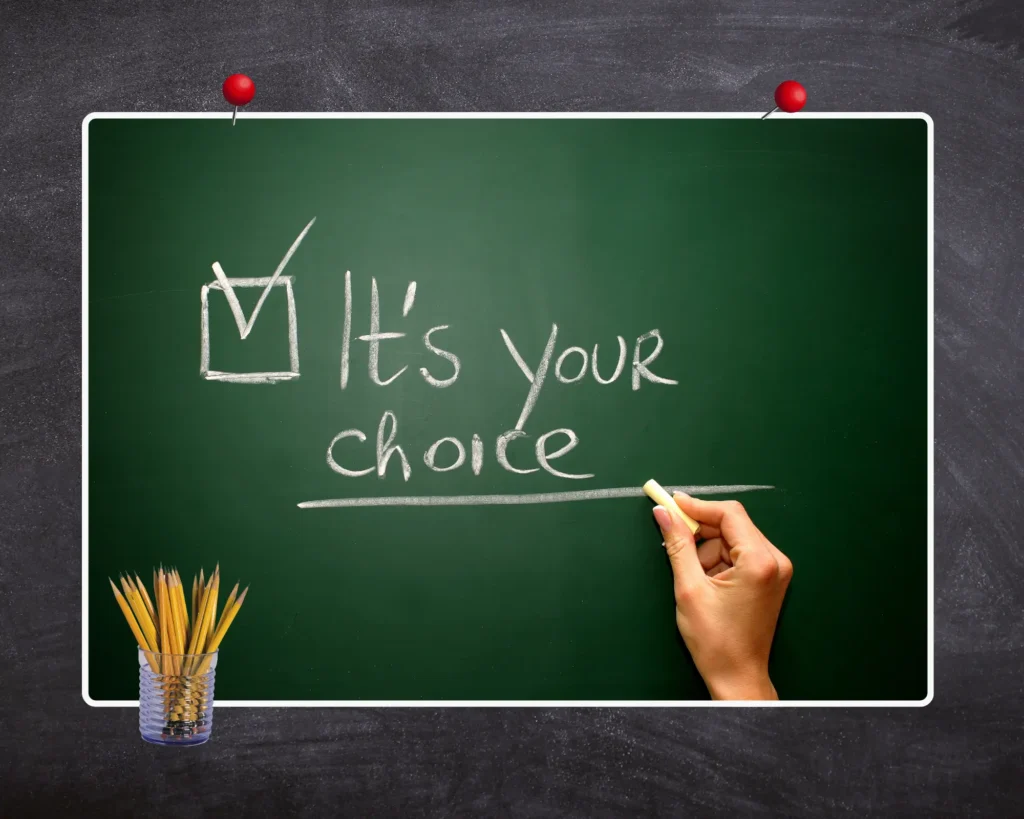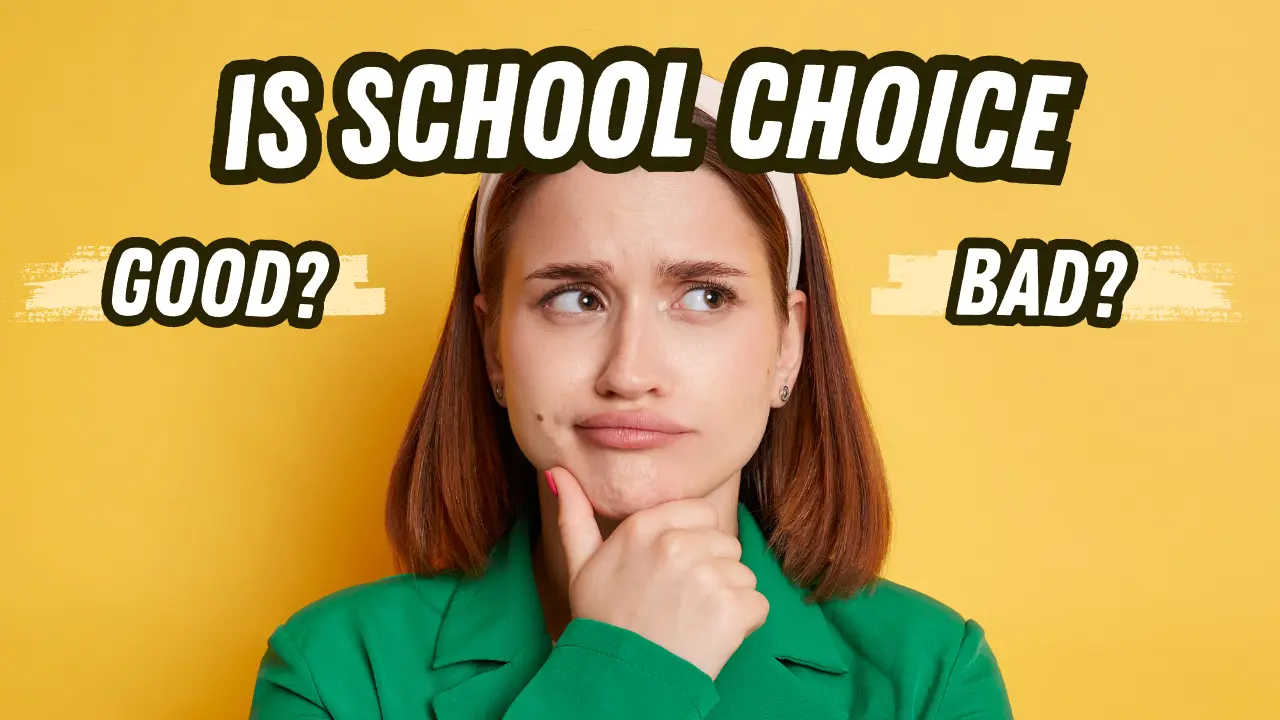Is School Choice Good or Bad? Exploring the Good and Bad of School Choice
The debate surrounding school choice is pivotal among parents and educators alike, as options expand beyond traditional public schooling. This exploration seeks to illuminate the advantages and challenges posed by school choice, highlighting potential pathways toward enhanced educational experiences. At Elite Performance Prep Academy New England, our microschool model embraces tailored learning strategies to meet individual student needs, offering a compelling case study within this broader discussion. As we navigate the complexities of school choice, our goal is to equip parents with the insights needed to make informed decisions for their children’s academic futures.
Brief Overview
School choice empowers families to select educational settings that best fit their children’s needs, offering alternatives like microschools, private, and charter schools. Microschools, in particular, are praised for their personalized learning environments, with flexible curricula designed to foster individual growth. However, implementing school choice also raises challenges, including resource distribution. Parents must weigh educational and logistical factors to make informed choices that align with their child’s aspirations. Elite Performance Prep Academy New England is a microschool that offers flexible student and parent-driven options for a customized learning experience.
Key Highlights
- School choice offers families diverse educational options beyond traditional public schools, including private schools, charter, and microschools.
- Microschools focus on personalized learning with smaller class sizes, enhancing student engagement and promoting academic excellence.
- School choice can lessen the financial burden on parents who choose to send their kids to alternative schooling solutions.
- Parents should weigh public, private, and charter options to align education with their child’s needs and family values effectively.
Understanding School Choice: A Comprehensive Overview
School choice embodies diverse education options, transforming how parents make decisions for their children. From public, private, and charter schools to the emergence of microschools, the landscape is evolving. Each alternative presents unique benefits and challenges for parents and students navigating the modern education system. Microschools, in particular, are gaining momentum as a new educational alternative, offering tailored learning. This section explores the workings of school choice and examines the appeal of microschools in providing a personalized schooling experience.
What is School Choice and How Does it Work?
School choice is a revolutionary concept that offers families the flexibility to select the best educational setting for their children, breaking free from traditional district boundaries. Rooted in the desire to find a better fit for students’ needs, it empowers parents to explore a variety of schooling options, including public schools, private schools, charter schools, and even innovative structures like microschools. This flexibility allows parents to focus on the unique educational goals they have for their children and consider what each type of schooling offers, be it specialized programs or different pedagogies.
Within the traditional public education system, school choice can sometimes seem like a daunting task due to policies that allocate students based on their residential address. However, charter schools have emerged as semi-autonomous public schools offering specialized curriculums that cater to specific interests or needs, thus offering public school choice. These schools typically operate with more flexibility than public counterparts while still being held accountable for student outcomes, adding another dimension to the school choice landscape.
On the other hand, private school choice expands options with personalized, often religion-based, or pedagogical approaches that might better align with family values and educational expectations. Private schools typically have smaller class sizes and disciplined environments, focusing on specialized programs that aim to foster a more effective learning environment. Moreover, scholarship programs and vouchers are often available to assist families financially. This spectrum ensures that more families can access these rich educational experiences beyond the typical barriers of cost.
One of the core advantages of school choice is its potential to foster competition among schools, driving improvements in teaching and resource allocation. This system incentivizes schools to innovate and offer specialized programs that can cater to various learning styles and interests. Importantly, this shift can empower parents, aligning education more closely with their aspirations and values. While challenges exist, school choice continues to reshape the educational environment, accentuating personalized and adaptable learning paths.
The Rise of Microschools: A New Alternative
The evolution of education has witnessed numerous innovative models, but the rise of microschools is particularly compelling. As parents and students seek more individualized and flexible educational experiences, microschools offer solutions tailored to these demands. Unlike traditional options, microschools often operate with smaller class sizes, providing a closer student-teacher interaction and fostering a personalized learning environment. This adaptability allows students to engage with their curriculum in a way that promotes personal growth and academic excellence.
Microschools are a fresh departure from conventional schooling models, often emphasizing project-based learning, which is designed to be both practical and adaptable. In this format, students are encouraged to take an active role in their educational journey. The curriculum isn’t rigid but evolves to meet new educational challenges and capitalize on students’ individual strengths. This flexibility in educational offerings is akin to the personalized experiences often promised by private schools but with a structure that’s more attainable for diverse socioeconomic groups.
Incorporating technology, microschools allow for diverse learning methods, such as incorporating virtual tools to supplement traditional learning. This approach can be particularly beneficial in tailoring education plans to fit each student’s learning pace, ensuring no child is left behind or feels disengaged. By emphasizing personalized attention and adaptability, microschools fulfill a critical need for families disenchanted with the limitations of public and even some private schools.
Moreover, microschools stand out for their ability to implement innovative educational policies and programs that might not be feasible in larger educational settings. This flexibility opens doors to exploring individualized learning paths, which can significantly enhance student engagement and outcomes. Given their smaller size and flexible structures, microschools can be a viable alternative for numerous families seeking personalized and adaptive schooling solutions. As families continue to explore school choice, microschools offer a dynamic and appealing option that accommodates personalized learning experiences while maintaining the essence of academic rigor.
The Benefits of School Choice for Parents and Students
School choice offers numerous benefits for both parents and students by introducing flexibility and personalization into education. This section describes how these advantages manifest, particularly within microschools, which are designed to provide a tailored learning experience. We’ll explore the flexibility and personalization in education and then examine how microschools offer a tailored learning experience. Together, these help pinpoint how school choice fosters environments that align closely with student needs and family values.

Flexibility and Personalization in Education
The modern landscape of education is not one-size-fits-all, and parents increasingly seek environments that cater more precisely to their children’s unique needs. School choice, including private, public, and charter schools, injects much-needed flexibility into the system. Through school choice, parents and students can transition away from the cookie-cutter approaches that traditional public schools often represent. This shift provides varied educational structures capable of catering to diverse learning styles, thus enhancing students’ academic experiences. At Elite Performance Prep Academy New England, we understand that each student is unique, and education must be as adaptable and personalized as the student body it serves.
Flexibility in education is crucial. Traditional public school systems often tie students to specific locations, limiting options. By contrast, school choice empowers families to explore various educational programs that may better fit their values and expectations. The capacity to choose among private schools, charter schools, and microschools transforms the educational narrative, allowing parents to align schooling with their aspirations. Charter schools, with their specialized curricula, offer public school students a taste of private school perks like smaller class sizes and focused programs.
Personalization in education fosters a more rewarding student experience. When educational programs are tailored to suit individual learning styles, students are more engaged and motivated. Personalized learning ensures that challenges are appropriately matched to students’ abilities, promoting business and creativity. Schools offering customized educational pathways often incorporate technology to support learning, creating a blend that can prove invaluable in fostering student understanding and success. This individualized attention is one of the key benefits school choice can offer. Parents seeking deeper involvement in their child’s academics appreciate the empowerment this system provides, creating a partnership that drives student success. Thus, flexibility and personalization are essential elements of school choice, making it a viable option for many families.
How Microschools Offer a Tailored Learning Experience
Microschools are rapidly becoming a cornerstone of the school choice movement, particularly for families seeking highly personalized and flexible educational options. Unlike larger traditional educational institutions, microschools focus on tailoring the learning experience to meet the varying needs of individual students. At our institution, Elite Performance Prep Academy New England, we commit to providing an education that reflects the unique aspirations and learning styles of each student. This focus on customization is what sets microschools apart in the educational landscape.
Microschools excel in offering a tailored educational experience due to their small class sizes and innovative learning approaches. With fewer students in the classroom, teachers/coaches can dedicate more time to each individual, assessing their strengths and weaknesses more effectively. This structure promotes a learning environment where students are not just a number; instead, they are active participants in their education. This personalized attention helps cultivate a deeper understanding of concepts and fosters a love for learning that can last a lifetime.
Moreover, flexibility in curricular design allows microschools to adopt the latest educational technologies and pedagogical strategies. This adaptability ensures that the curriculum evolves with new educational challenges and the latest developments in teaching methods, thereby maintaining relevance and effectiveness. Programs at our academy often include project-based learning opportunities that encourage hands-on experiences, emphasizing critical thinking and problem-solving skills. Such a dynamic approach ensures that students are well-prepared for the modern world, which values adaptability and innovation.
For parents, the decision to choose a microschool reflects a commitment to investing in an education that acknowledges and celebrates their child’s potential. This choice offers families peace of mind, knowing that education is not just being delivered but is a collaborative journey tailored to meet their specific goals and aspirations. As families increasingly conclude that traditional educational models don’t meet their child’s needs, the rise of microschools offers a viable, dynamic solution. The benefits of such an approach align perfectly with the core values of school choice, enhancing educational experiences while providing adaptability and personalization in ways that traditional public and many private schools struggle to offer.
Challenges and Considerations in Implementing School Choice
Implementing school choice involves navigating myriad challenges and considerations, especially around public resources. In this section, we will navigate some of the concerns people have regarding the defunding of the public school system and educational choice programs that put low-income and special needs students at a disadvantage.
Potential Impact on Public Schools and Resources
The implementation of school choice is a multifaceted venture that can significantly influence public schools and resources. As families opt for alternatives such as charter or private education, public schools often experience a shift in resources that can range from financial to human allocations. Public funding, typically based on student enrollment numbers, may diminish when students transfer to other educational settings. This decrease can affect the quality of education as schools face tighter budgets, possibly leading to larger class sizes, reduced staff, and limitations in program offerings. The challenge for public schools lies in adapting to these changes while striving to maintain a high standard of education for the remaining students.
Beyond funding, public schools may need to contend with a shifting demographic as school choice policies take effect. Students who remain in public schools might be those requiring more support or whom other schools have not selected, potentially increasing the demands on educators who must provide high-quality education despite limited resources. Public schools are compelled to innovate to compete for enrollment, creating specialized programs or strengthening existing curricula to make offerings more attractive to families considering their options.
However, the introduction of school choice will spur healthy competition and innovation across educational environments. When public schools need to attract and retain students, they are encouraged to analyze and improve both teaching methods and academic programs. The drive to be more appealing can initiate positive changes, such as enhanced educational resources and refreshed teaching strategies that align with modern educational needs. Under these conditions, school choice becomes not merely a threat but a catalyst for change.
Concerns That School Choice Only Benefits the Affluent
Only the best and brightest students from affluent families benefit from educational choice programs, leaving the most disadvantaged and difficult-to-educate students in the public school system.
Wealthy families already practice school choice by moving to areas with excellent public schools or investing in private education, while many low-income families and those with special-needs children lack these options. School choice programs seek to address this inequity by focusing on these underserved populations.
Each year, thousands of parents engage in formal proceedings attempting to compel their school districts to provide legally required services for their children with disabilities. Notably, higher-income districts tend to have more such disputes than lower-income areas, as schools often show less responsiveness to concerns from parents of children with disabilities.
Challenging school districts over special education services demands resources, both time and money, that many families simply don’t have. While it’s difficult to determine how many parents are fully satisfied with their public school’s disability accommodations, one fact stands out: over 14 states now offer private school choice programs specifically for special education students, with at least 184,450 students currently enrolled in these programs.
Extending choice to all parents would ensure that every student, regardless of socioeconomic status, can access educational environments tailored to their specific needs, a privilege already enjoyed by affluent families.
Concerns that unregulated schools are not held accountable
Public schools must adhere to state regulations and curriculum requirements, whereas unregulated private schools operate with little to no external oversight.
Private schools depend on tuition-paying parents, who can withdraw their children if expectations aren’t met. This creates a strong incentive to uphold high standards, as is also the case with charter and microschools.
Regulation doesn’t always guarantee effectiveness in public schools. Many students still face underperformance, overcrowding, and bureaucratic inefficiencies. In contrast, alternative education models offer advanced, personalized, or specialized programs, often leading to better outcomes than rigid state-mandated curricula.
In examining the intricacies of school choice, it’s evident that while it offers families flexibility and control over their children’s education, it also presents challenges. At Elite Performance Prep Academy New England, we believe that an informed decision is key. We encourage parents to consider their child’s unique needs and goals. If you’re seeking an innovative and tailored educational experience, our microschool could be the solution. Reach out to us for more insights and discover how we could support your child’s academic journey.



